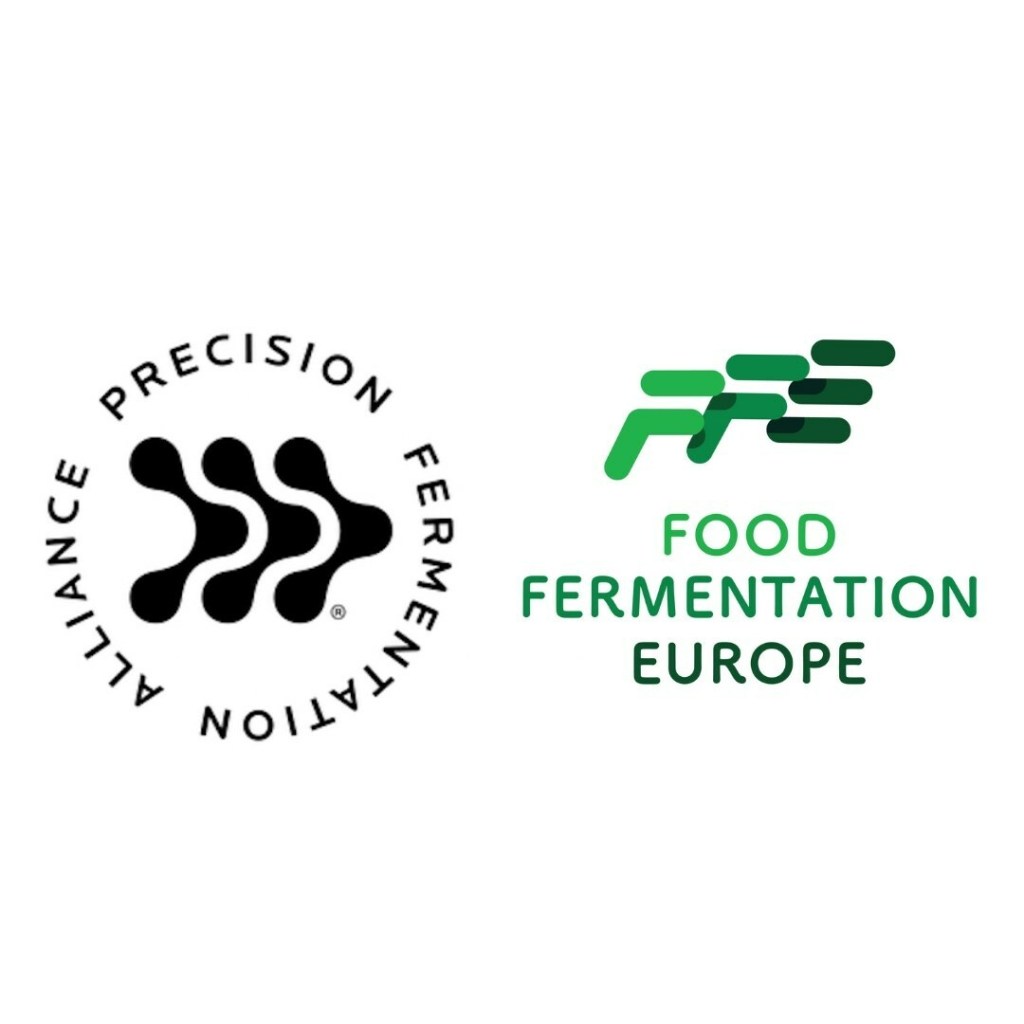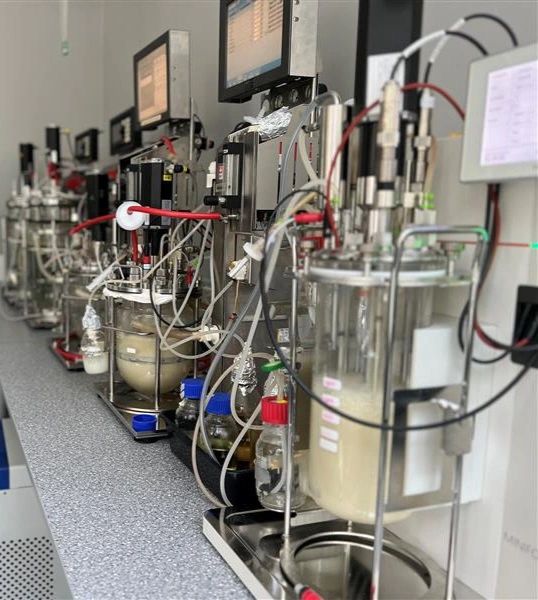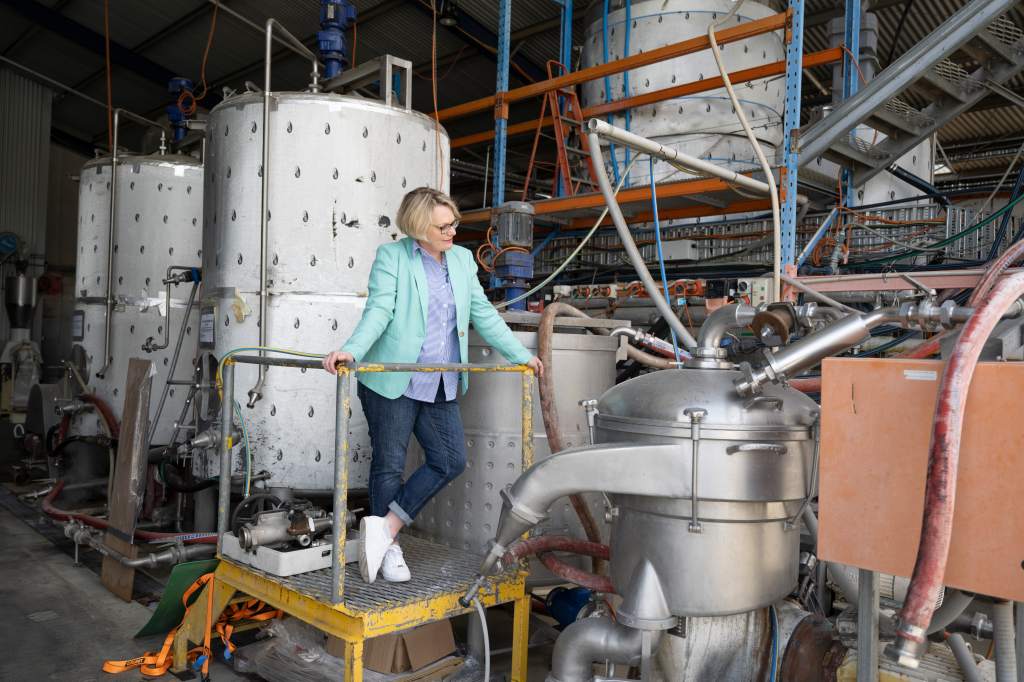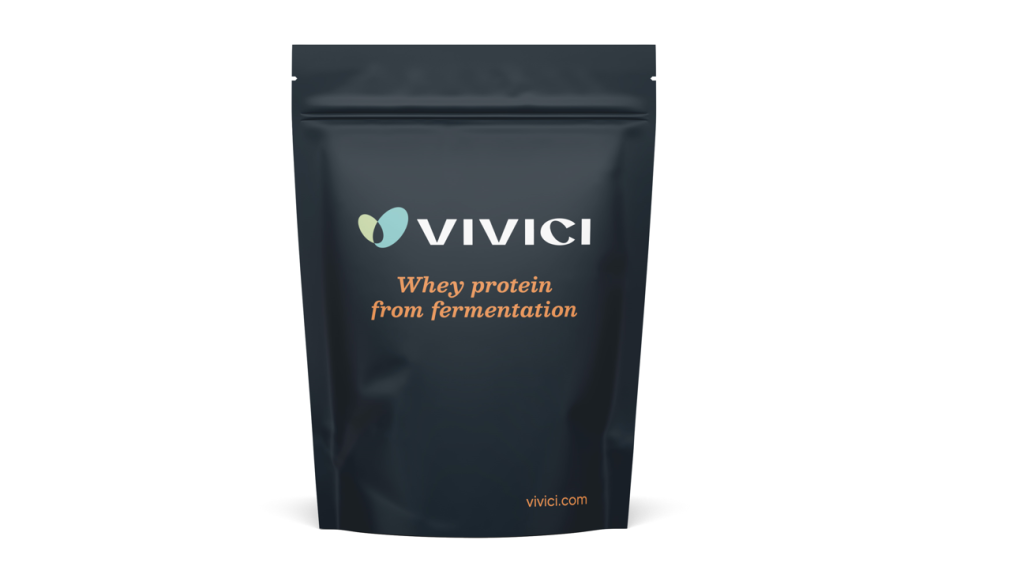A refined definition of alternative protein production method precision fermentation has been announced to add clarity to and differentiate food produced by the method.
The finalised definition was created by the Precision Fermentation Alliance (PFA) and FFE (Food Fermentation Europe):
‘Precision fermentation combines the process of traditional fermentation with the latest advances in biotechnology to efficiently produce a compound of interest, such as a protein, flavor molecule, vitamin, pigment, or fat.‘
The two associations also provide a more straightforward explanation of how precision fermentation works:
‘A specific molecular sequence is inserted into a microorganism to give it instructions to produce the desired molecule when fermented. These molecular sequences are derived from digitized databases rather than taken directly from the relevant animals or plants.
At the end of the fermentation process, the resulting compounds are filtered out, separating them from the microorganisms that produced them.’
The Precision Fermentation Alliance was established in 2023 and comprises a global coalition of leaders in precision fermentation such as Change Foods, Remilk, Vivici, GFI, and many others.

Irina Gerry, Spokesperson of PFA, said: “With so many new food technologies entering the market, we recognized the need to refine and expand the definition of Precision Fermentation to help educate consumers and food industry stakeholders.

“Our collaboration with FFE has resulted in a comprehensive definition that emphasises the distinctive features of Precision Fermentation and its applications, as well as draws clear boundaries between precision fermentation and other fermentation-based technologies.”
Jevan Nagarajah, President of FFE, added: “While some applications of precision fermentation may be new, the technology itself has been safely used in food and medicine like producing insulin for over 30 years. We are excited to contribute to the understanding of PF and its role in advancing food innovation.”
The refined definition of Precision Fermentation also highlights key distinctions to the technology, including:
Leveraging bioengineering: Precision Fermentation (PF) stands apart from traditional/wild fermentation and natural breeding techniques by leveraging the latest bioengineering techniques.
Producing specific compounds: Unlike cell cultivation, PF focuses on using microorganisms to produce specific compounds of interest, rather than growing an entire cell or biomass.
Sourcing from digital databases: Molecular sequences used in PF are sourced from digitised databases, eliminating the need for animal involvement in any part of the process, which is different from cultivated meat where a small sample of cells is taken from a live animal.
Filtered compounds: At the end of the fermentation process, the targeted molecules are isolated and filtered out from the fermentation broth, which is different from biomass fermentation, where the entire biomass (including the cells) is the product.
Established technology: While new molecules are now being produced using PF, the process itself has been safely utilised in food and medicine for decades.

Efforts to standardise cell ag nomenclature continue
The new definition is only the latest example of the novel foods sector putting new efforts on education and nomenclature around technologies such as precision fermentation and cultivated meat to help promote understanding and acceptance.
For example, non-profit Cellular Agriculture Australia (CAA) recently released a standardised language guide of cell ag terminology developed in response to a wide discrepancy and inconsistency in the terminology used within the sector.
Additionally, a historic nomenclature agreement was made in Singapore last year in which over 30 industry stakeholders from across the region aligned on the term “cultivated” for cellular agriculture production as opposed to terms such as “lab grown”.


ANZ emerging as a precision fermentation leader
The ANZ precision fermentation sector – a major player from the start – has recorded numerous milestones in the past few months.
Last week, Australian company Cauldron received regulatory approval for its proprietary precision fermentation technology, a first for the domestic novel foods sector.
Meanwhile, Queensland University of Technology (QUT) and Australia’s Food and Beverage Accelerator (FaBA) just announced a $3.9 million co-investment in the building of a state-of-the-art facility for development of novel food technologies, with precision fermentation being a major focus.

In New Zealand, domestic start-up Daisy Lab has successfully scaled its animal-identical whey proteins to 10 L fermenters.
And NZ dairy giant Fonterra released its own precision fermentation-produced whey powder product by way of start-up Vivici, which the company founded with a Dutch nutritional product firm in 2022.
To stay up-to-date on the latest industry headlines, sign up to Future Alternative’s enewsletter.
Posted on:


